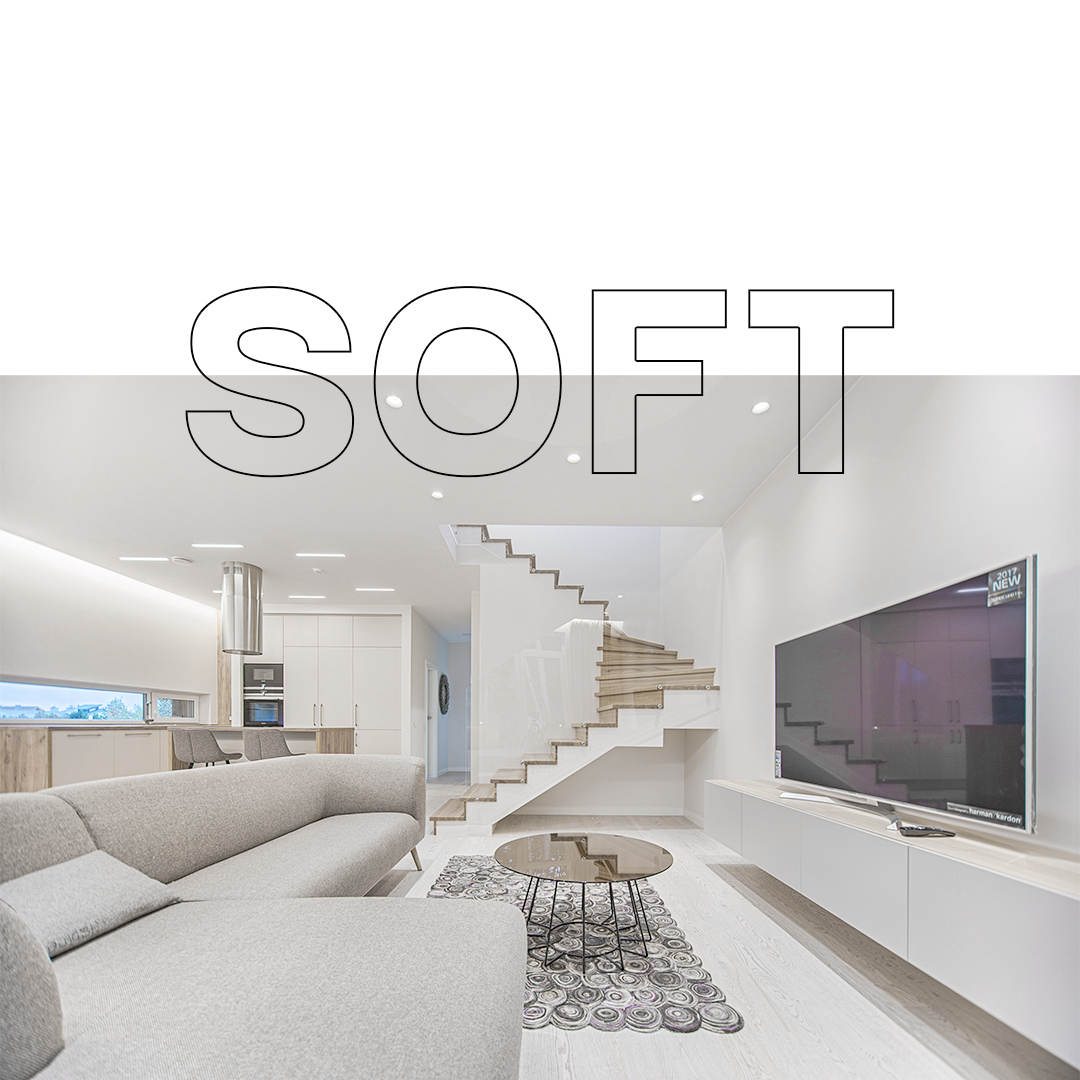When you think of the city of Miami in Florida, you may think of the 1980s TV series "Miami Vice."
It is a sprawling metropolis with a rich and diverse international culture, strongly influenced by its Cuban inhabitants, but it is also something else that is more.
Miami is home to historic Art Deco properties painted in a sea of muted hues, and in some cities, the vision of a man for an architectural revival begins with a sweet-tinted cloud.
In Miami, he was forced to take a job as a bouncer and try to restart his design career, but at a critical juncture. He happened to be Leonard Horowitz. After he came out as gay to his family, his career collapsed and he fled from New York to the tropical paradise of Miami to start over in 1976.
Barbara Capitman, a native New Yorker who moved to Miami, was a professor at Florida International University in Miami.
With her love of architecture and socializing, she soon became friends with a young bouncer who had a similar love of art deco architecture. She longed for a fulfilling creative career, but it took a long time.
Together, Leonard Horowitz and Barbara Baer Capitman began to focus on how many of the original Miami buildings could be saved from demolition. Together, their friendship was to change the landscape of Miami forever, and the duo began to make plans to rebuild the fabric of Miami Beach. The Miami Design Preservation League was founded and together they began to focus on the preservation of Art Deco and its integration into the city's history. This style revolved around the design of buildings, not only the architecture but also the people inside them.
The league played a key role in persuading developers to focus their efforts on redevelopment rather than demolition. The league also gathered members of Miami's political and social elite to try to restore some of their former glory.
In late 1977, the Conservation League was founded in Florida, and in 1978, the league held many Art Deco Week celebrations that drew thousands of visitors interested in Miami's conservation movement. In 1979, the National Register of Historic Properties added the Miami Beach Architectural Historic District to its list. It was one of the first urban expansions to be added with great fanfare and received state grants.
At this point Leonard Horowitz began to think about how to create local industrial structures to preserve historic decorative properties in Miami. In a stroke of genius, he formulated a plan to spruce up Miami's outdated and worn-out decorative properties.
The idea was that a group of 40 colors created by Horowitz would interpret the tropical flair of the coastal community. Although this was a break with the tradition of white decorative aesthetics, Horowitz knew that the emotional impact of these colors would awaken the long-ignored structures in the heart of Miami's historic industrial district.
The original colors, which were mainly used for decorative Art Deco eras, were taken from historical documents I researched, but they were the same as those used by the original designers. We tried to be sensitive to the buildings, to dictate them mentally, to behave from natural sources and to integrate them into the natural environment.
At this point in history, Miami breathed new life into the city and became the revived international metropolis it once was. Neighborhoods that had nothing to do with art deco history began to accept the Miami Color palette, and the city was soon bathed in tropical colors.
The changes in Miami brought new international cultural interest, and many films and television shows began to be shot there. Miami also became one of the most popular tourist destinations in the US, and the Miami Preservation League helped to grant many historic buildings national monument status and still exists today.
The Conservation League remains a stronghold in South Beach and Miami, and hosts a number of Miami events - lectures, books and historical studies. The Miami Preservation League and the Miami Art Deco Association have established the Art Deco Welcome Center, which houses an ArtDeco Museum and offers daily city tours. They also host annual Artdeco Week and the annual Miami Arts Week, an annual celebration of Miami's arts.







